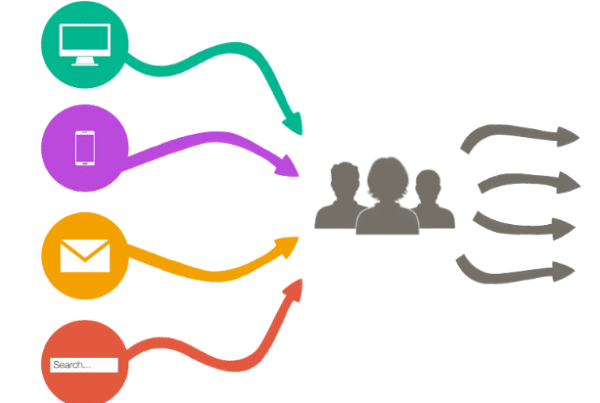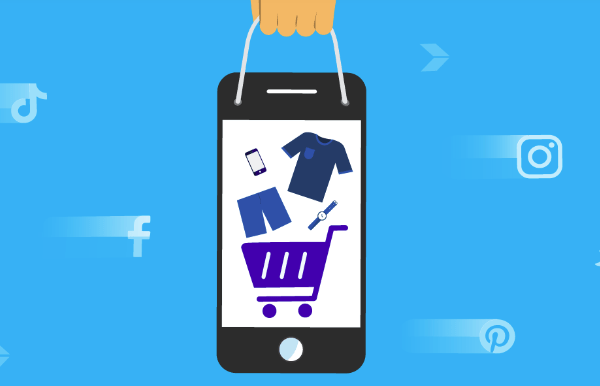Landing pages are essential to running successful campaigns. A landing page is a follow up to any promises that you’ve made in your content. Essentially, it’s the next step toward a visitor becoming a customer. Your landing page lets you make a trade, some sort of special offer, piece of information or a deal, in return for providing contact information or taking the customer to make a purchase decision, depending on what type of funnel page you’re creating. Usually, landing pages when prospecting are top to mid funnel content. See THE 3 STAGES OF CONTENT MARKETING FUNNELS.
Let’s look at the three types of landing pages designed to convert. All these three types of content pages should be used, again, for top to mid funnel prospecting. However, there are times when landing pages also work extremely well like putting it in an email or sms.
- LONG FORM LANDING PAGE: Long form landing page is just what it means. It’s a long piece of content that goes into deep detail about what you are trying to push and relies on heavy product sales copy to create urgency and demand for the product.
The general structure of a long-form landing page looks something like this:
- Headline
- Subheadline
- Image
- Video
- Brief copy
- Call to action
- Trust signals
- Explanation of the product or service
- Benefits of the product or service
- Testimonials
- More CTA
Neil Patel goes deep into the detail of long-form landing pages in his post here.
2. MEDIUM-LENGTH LANDING PAGES: This type of page is lighter on the content side and would be great to A/B test between long-form and medium length content. Length is something you should definitely be testing as well as changing elements on page such as images, headlines, and other key call outs that can really hit on emotional points of consumers.
3. SQUEEZE PAGES: A squeeze page is a landing page which is specifically designed to collect e-mail addresses from visitors and potential customers. Squeeze pages are designed in such a way as to use incentives, scarcity, and other psychological tactics in order to “squeeze†a visitor into providing their e-mail. This is usually on the very short form side of content. While landing pages might be used to educate users on a specific product or service, squeeze pages are generally shorter and smaller, containing little to no images and very minimal text.
Here is a great breakdown of a squeeze page and other landing page factors:
THINGS YOU SHOULD BE CONSTANTLY TESTING:
- Copy
- Images
- Length
- Calls to Action
Recommended Video:


